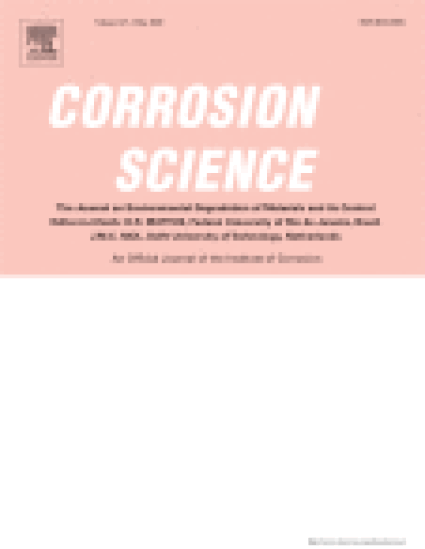
Article
Characterization of Zirconium Oxides Part II: New Insights on the Growth of Zirconia Revealed Through Complementary High-Resolution Mapping Techniques
Corrosion Science
Document Type
Article
Publication Date
5-1-2020
Disciplines
Abstract
Raman mapping, scanning Kelvin probe force microscopy (SKPFM), and scanning electron microscopy with energy dispersive X-ray spectroscopy (SEM/EDS) were combined to investigate oxidized zirconium alloys. Raman provided spatially resolved phase composition and relative stress state. When coupled with SKPFM, phase composition was correlated to Volta potentials differences. The potential of tetragonal zirconia was lower than the metal zirconium, making the tetragonal phase favorable for reaction with diffusing species, thus hindering further oxidation of the relatively cathodic metal. This provides new insight to the theory of the tetragonal phase being an oxidation barrier.
Citation Information
Efaw, Corey M.; Vandegrift, Jordan L.; Reynolds, Michael; Jaques, Brian J.; Hu, Hongqiang; Xiong, Hui; and Hurley, Michael F. (2020). "Characterization of Zirconium Oxides Part II: New Insights on the Growth of Zirconia Revealed Through Complementary High-Resolution Mapping Techniques". Corrosion Science, 167, 108491-1 - 108491-11. https://doi.org/10.1016/j.corsci.2020.108491
